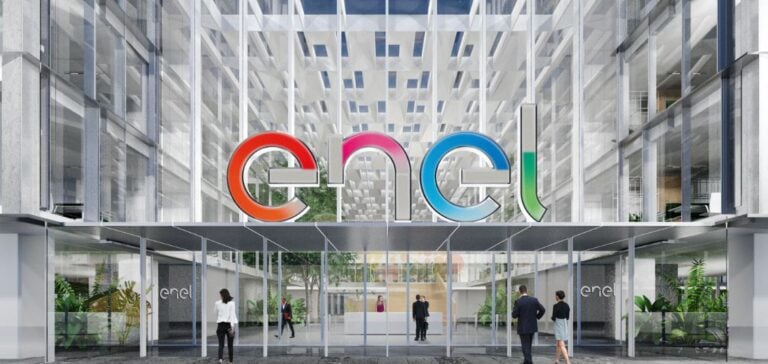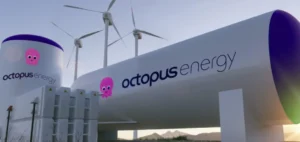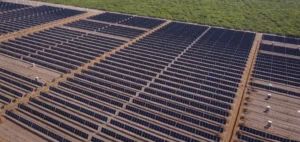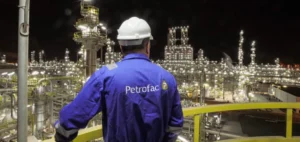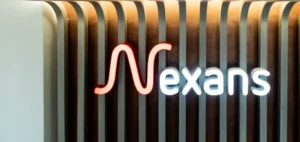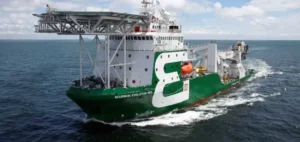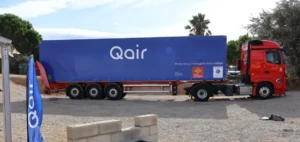After a period marked by economic challenges, Enel, one of the leading energy groups in Europe, has announced solid financial performance for the first nine months of the year. Despite the decline in electricity prices across several markets, the Italian company saw its net profit increase by 38%, reaching 5.9 billion euros, a sign of resilience in the face of adverse market conditions.
However, Enel’s revenue experienced a 17.1% decline, amounting to 57.6 billion euros. This decrease is partly due to a reduction in electricity and gas sales, a direct consequence of the fall in energy prices. The sale of energy produced from thermoelectric sources was particularly impacted, though this loss was partially offset by the performance of renewable sources. Enel, positioning itself as a major player in the energy transition, reports that renewable energy now accounts for 69.3% of its total production, ahead of thermal sources (17.6%) and nuclear (13.1%).
Impact of reforms and decreased consumption in Europe
In Italy, a key market for Enel, electricity demand has declined, particularly following the end of the regulated tariff market. Other important markets, such as Spain, Romania, and Peru, also reported a drop in sales, reflecting a global trend towards reduced energy consumption or the search for alternative suppliers.
Enel’s Chief Financial Officer, Stefano De Angelis, highlights that the current results demonstrate the “resilience and geographic balance” of Enel’s portfolio. This geographic balance allows the company to absorb market fluctuations in some regions while capitalizing on opportunities in others.
Debt reduction and strategic adjustment
Enel has also worked to reduce its debt. The group’s net debt, of which 23.6% is held by the Italian state, decreased by 3.3%, reaching 58.1 billion euros by the end of September. This reduction is attributable to a series of strategic asset sales totaling 21 billion euros, as part of the 2023-2025 plan.
Under the leadership of Flavio Cattaneo, appointed CEO in May 2023, Enel has adjusted its investment strategy. The new 2024-2026 development plan shows a decrease in investments in renewable energy, with an allocation of 12.1 billion euros compared to the 17 billion planned in the previous plan. This refocus marks a desire to concentrate more on profitability at the expense of rapid growth in the green energy sector.
Outlook for the 2025-2027 strategic plan
Investors and sector analysts are now awaiting the presentation of the 2025-2027 strategic plan, scheduled for November 18. Flavio Cattaneo, with a strong track record in company restructuring, will unveil his vision for the group, in a context where energy giants are seeking to adapt their economic models to respond to global energy market fluctuations and sustainable development expectations.
By confirming its annual financial objectives, Enel anticipates an adjusted net profit of between 6.6 and 6.8 billion euros and an adjusted EBITDA (Earnings Before Interest, Taxes, Depreciation, and Amortization) of between 22.1 and 22.8 billion euros by the end of the year. These forecasts are part of a logic of continuity despite the complexity of the current market, positioning Enel as a resilient player in the face of global energy transition challenges.


